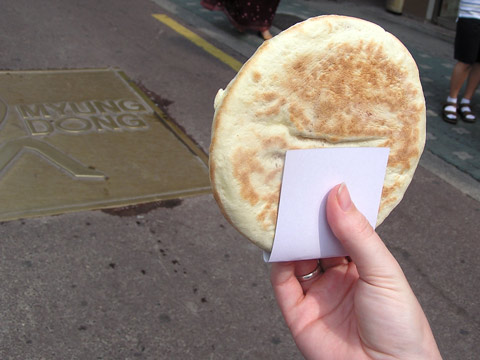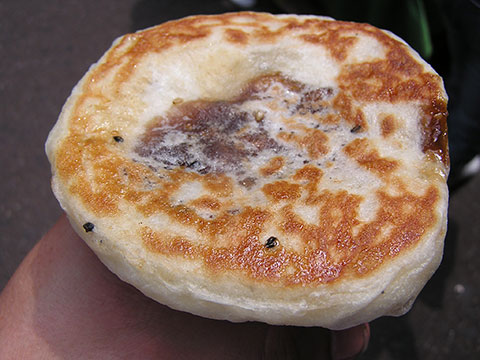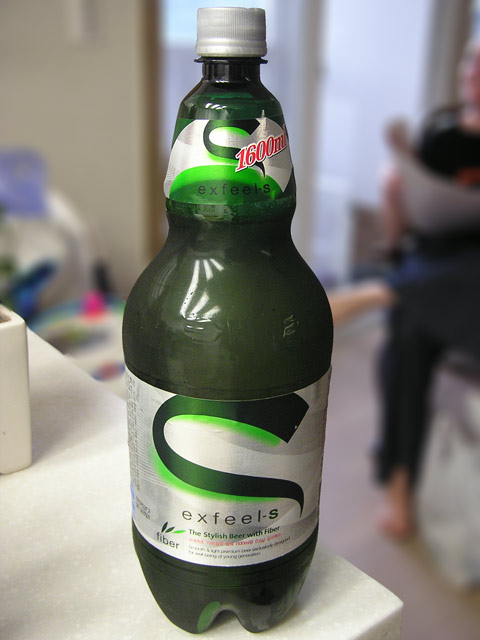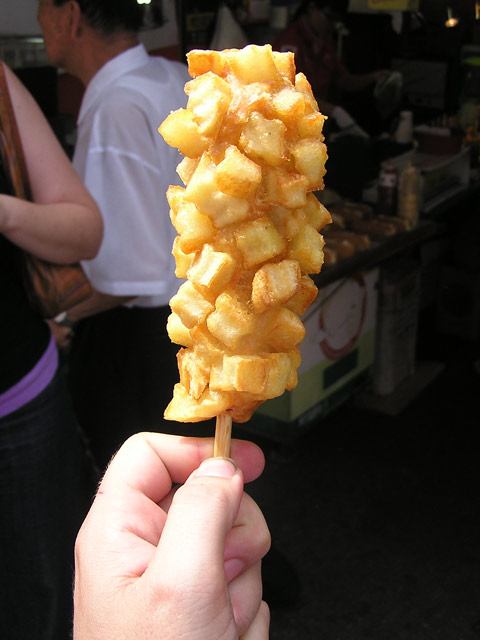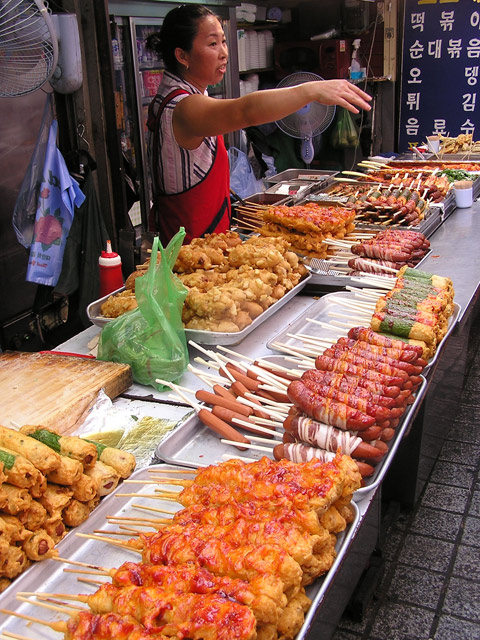
Whenever people describe fish markets, they highlight the predawn chaos and the movement and flow of fish as the only ordered element amongst the pandemonium. I’ve been guilty of it myself. At three o’clock in the afternoon, Noryangjin Fish Market in Seoul is a bastion of calm. The morning crowds have dispersed along with their creels of seafood but the remaining catch appears as fresh (or in many cases, as alive) as it was hours earlier. The occasional browser wanders amongst the aisles of assorted sea creatures in a noncommittal manner; vendors discuss their day, eat a late lunch and share bottles of soju; some prepare for the smallish after work crowd to pick over their remaining wares. There is no compulsion for the hard sell at this time of the day and commerce seems secondary.
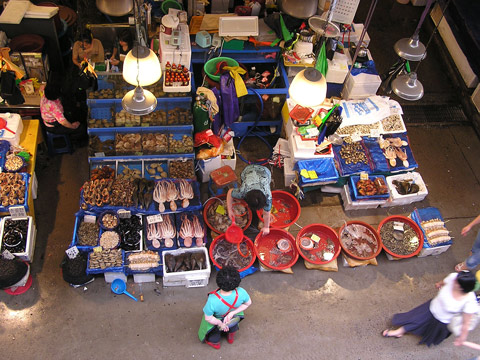
Along the Noryangjin Station side of the market is a raised walkway offering birds-eye views of the fishy tableau, along which nestles a line of Japanese and Korean restaurants that capitalise on their proximity to seafood.
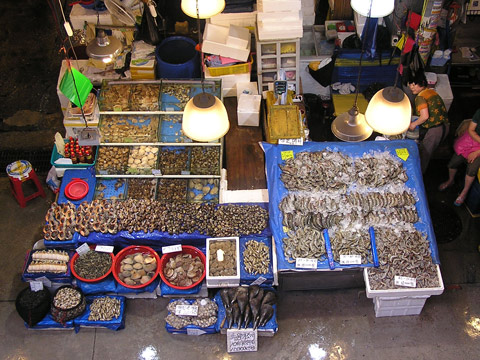

Closest to the walkway on the floor of the market seems to house the greatest concentration of live seafood: crabs, fish, shellfish, octopus and other horrors from the Deep.

Octopus come in all dimensions, ranging from thumb-sized to those capable of battling Neptune for undersea supremacy (above).
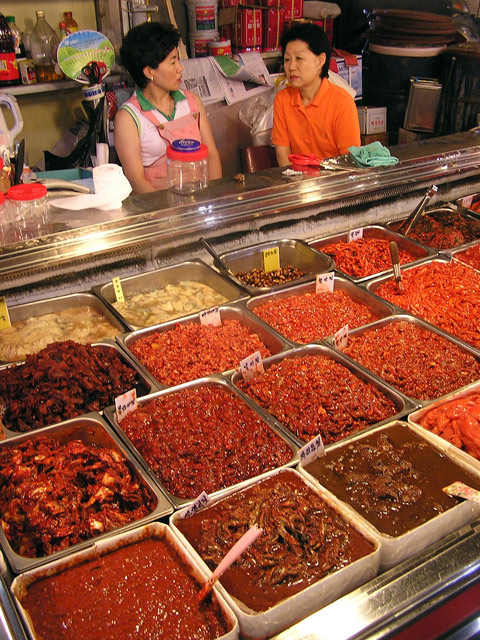
On the far side of the market from the station, vendors specialise in Korean fish and shrimp pastes in varying degrees of degradation. The focus seems to be on chilli-hot pastes rather than unadulterated salty rotting fish.
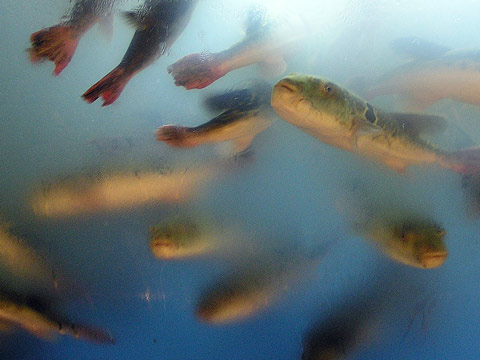
The aisles of market stay damp from the melting ice, frequent hosing down and the slosh of fish in tanks. The above pufferfish were more subdued, but were the first that I’ve seen on sale for the purposes of eating, ever.
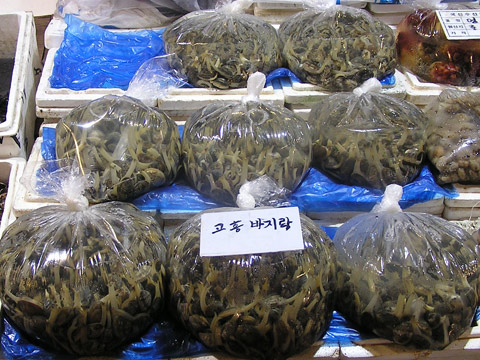
Shellfish abound in phenomenal variety with bags of clams packed with seawater to keep them alive.
Location: Opposite Noryanjin Station in Seoul, accessible via the raised walkway from the train station.









